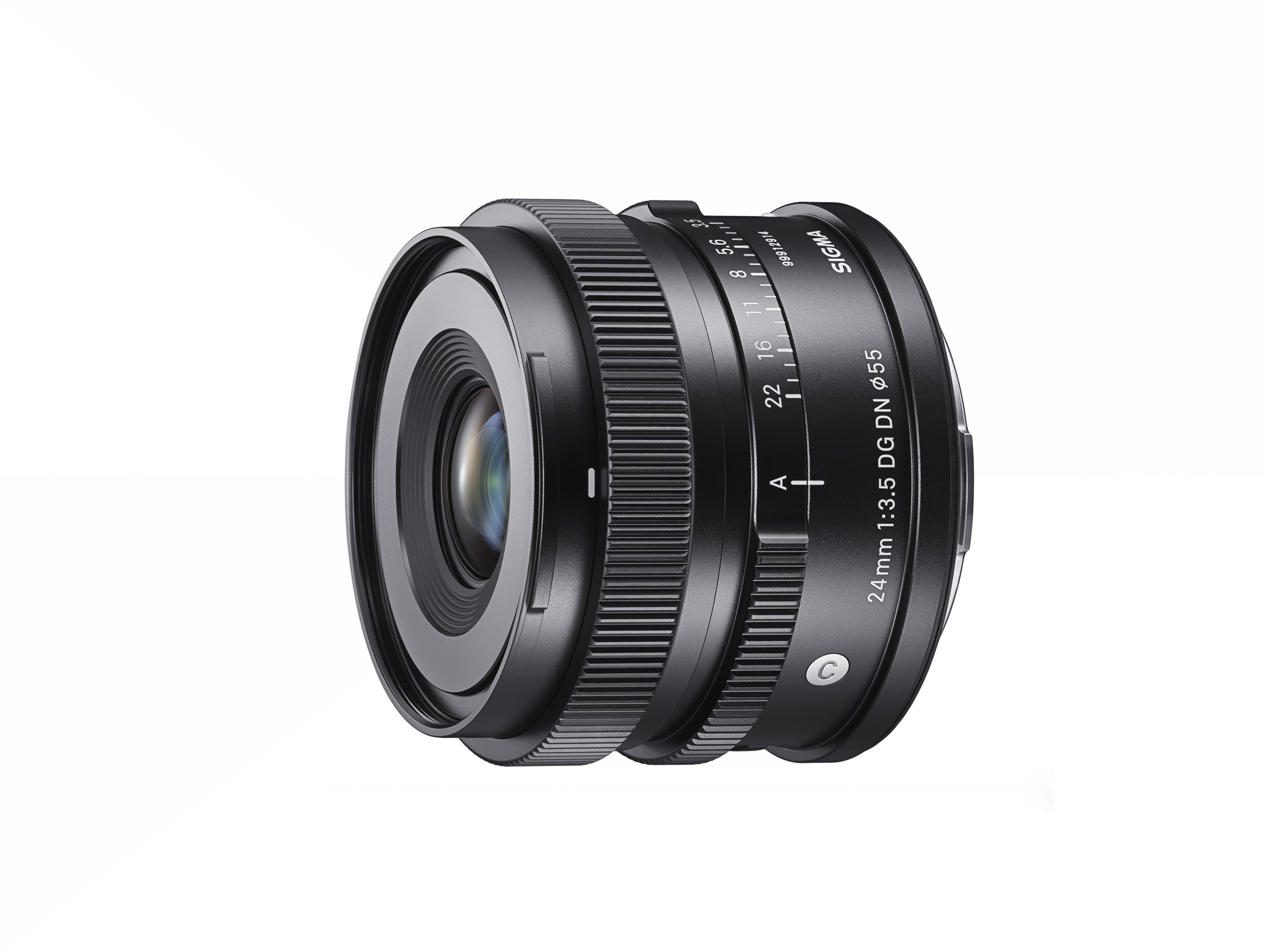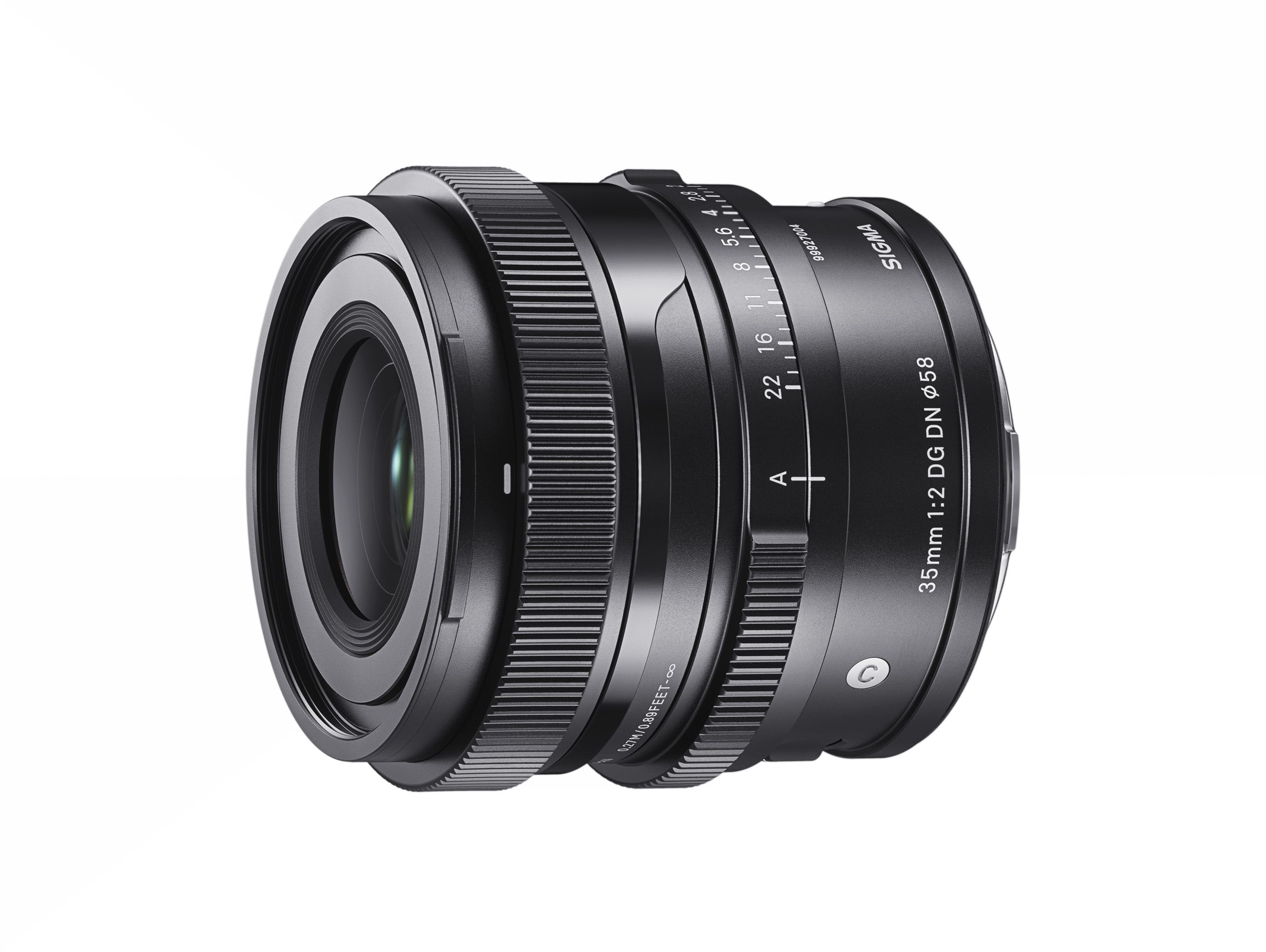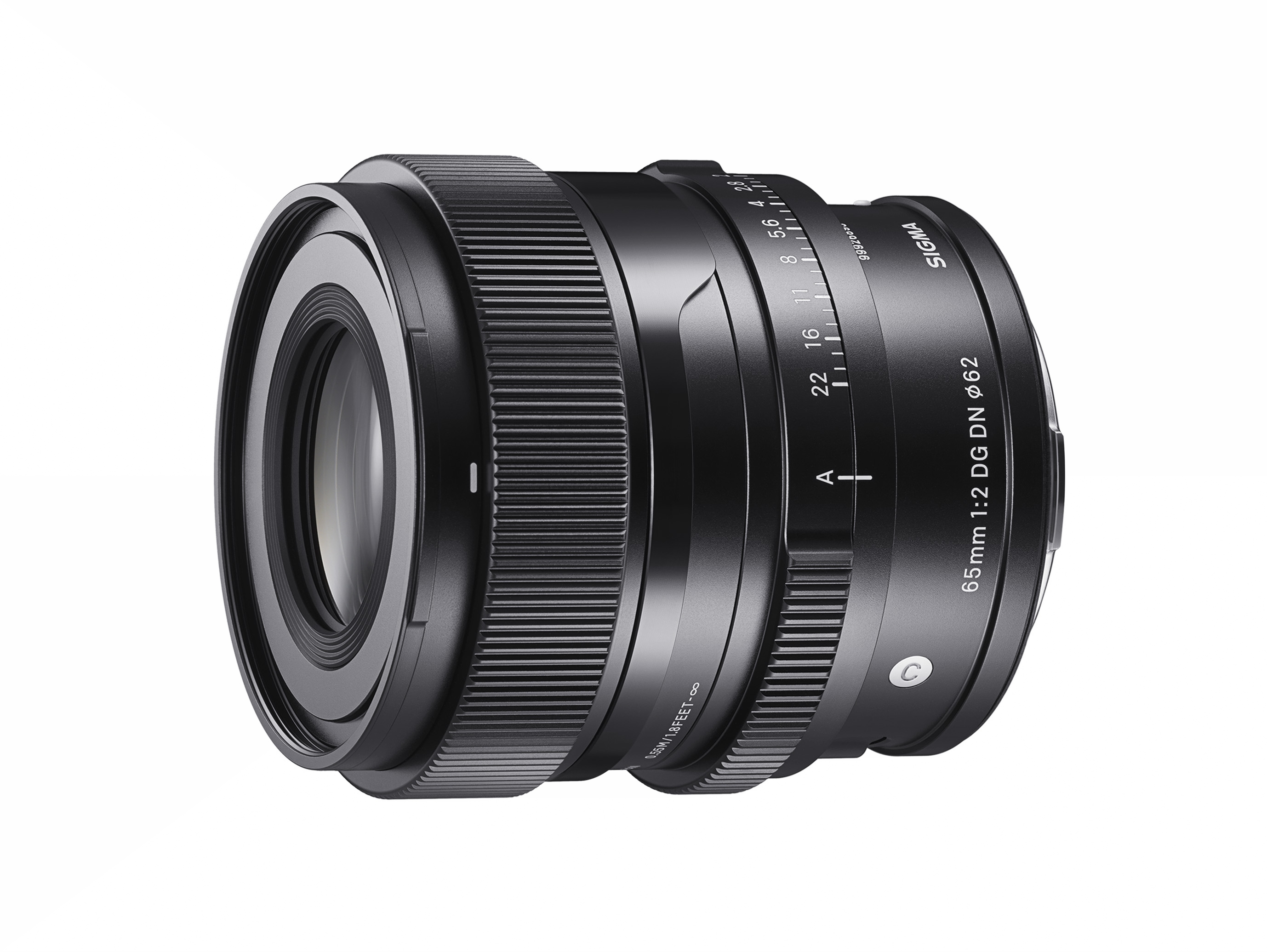Designed for full-frame mirrorless cameras the new ‘I Series’ lenses offer beautiful optical quality in compact form



Full-frame mirrorless cameras are here to stay, but if you’re looking for supreme optical quality you can end up having to use pretty huge lenses. Sigma’s new range of lenses offer users a more balanced feel, whilst encompassing high resolving power.
Today Sigma is announcing 3 new lenses to sit beside its 45mm making a total of 4 ‘I Series’ lenses to choose from.
You can visit our store pages for each lens by clicking the following links:
SIGMA I series 24mm f/3.5 DG DN | Contemporary | L Mount
SIGMA I series 24mm f/3.5 DG DN | Contemporary | E Mount
SIGMA I series 35mm f/2 DG DN | Contemporary | L Mount
SIGMA I series 35mm f/2 DG DN | Contemporary | E Mount
SIGMA I series 65mm f/2 DG DN | Contemporary | L Mount
SIGMA I series 65mm f/2 DG DN | Contemporary | E Mount
Each of the new lenses will be built to a high standard from aluminium to withstand years of use, whilst precision engineering of moving parts makes the manual focus ring movement smooth for high-precision use. Both the manual focus ring and aperture ring on each lens is grooved – making them feel similar to small cinema lenses.
Metal lens hoods provide hardy protection for the front of your lens during use, as well as adding to the feel of premium build quality. The front element of each lens is protected by a magnetic lens cap, but a regular plastic lens cap is also included in the box.
These new lenses are available in both L mount and E mount. They are compatible with high speed autofocus and use a stepping motor to perform quick, accurate AF across both mounts. All of the lenses feature dust and splash resistant mounts, however, the lenses themselves are not weather-sealed.
Each lens features Sigma’s SLD (Special Low Dispersion) elements which work alongside aspherical elements and coatings to reduce axial chromatic aberrations in order to resolve a high level of detail. This means the ‘I Series’ lenses can be used with a range of bodies and make the most of some of the high megapixel counts we now see appearing throughout Sony and Panasonic’s range.
Find out more about the new SIGMA I Series here
